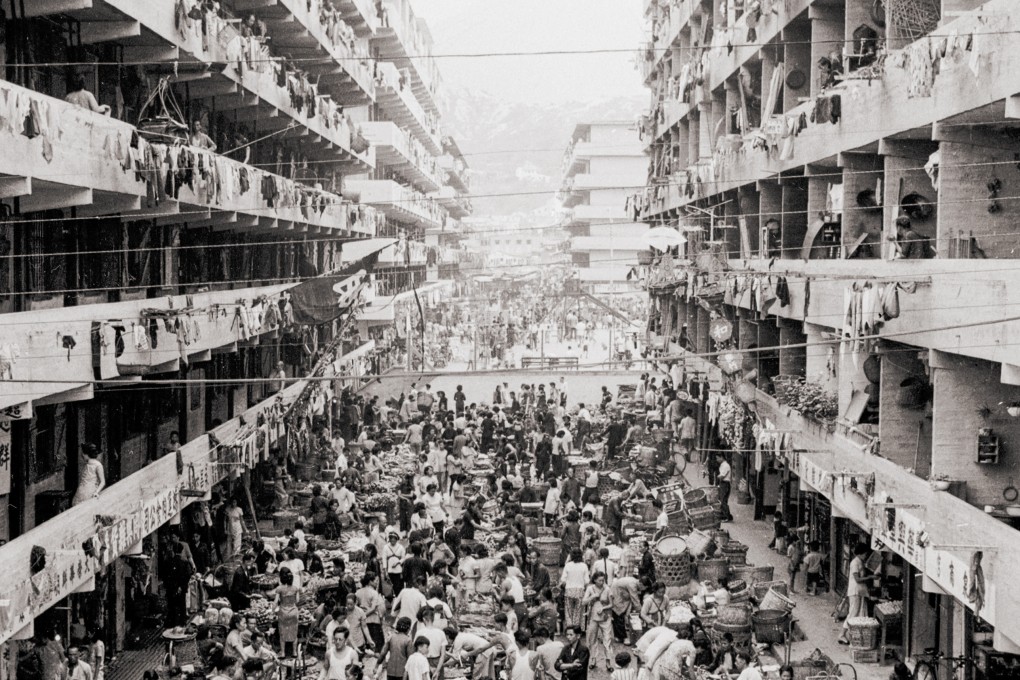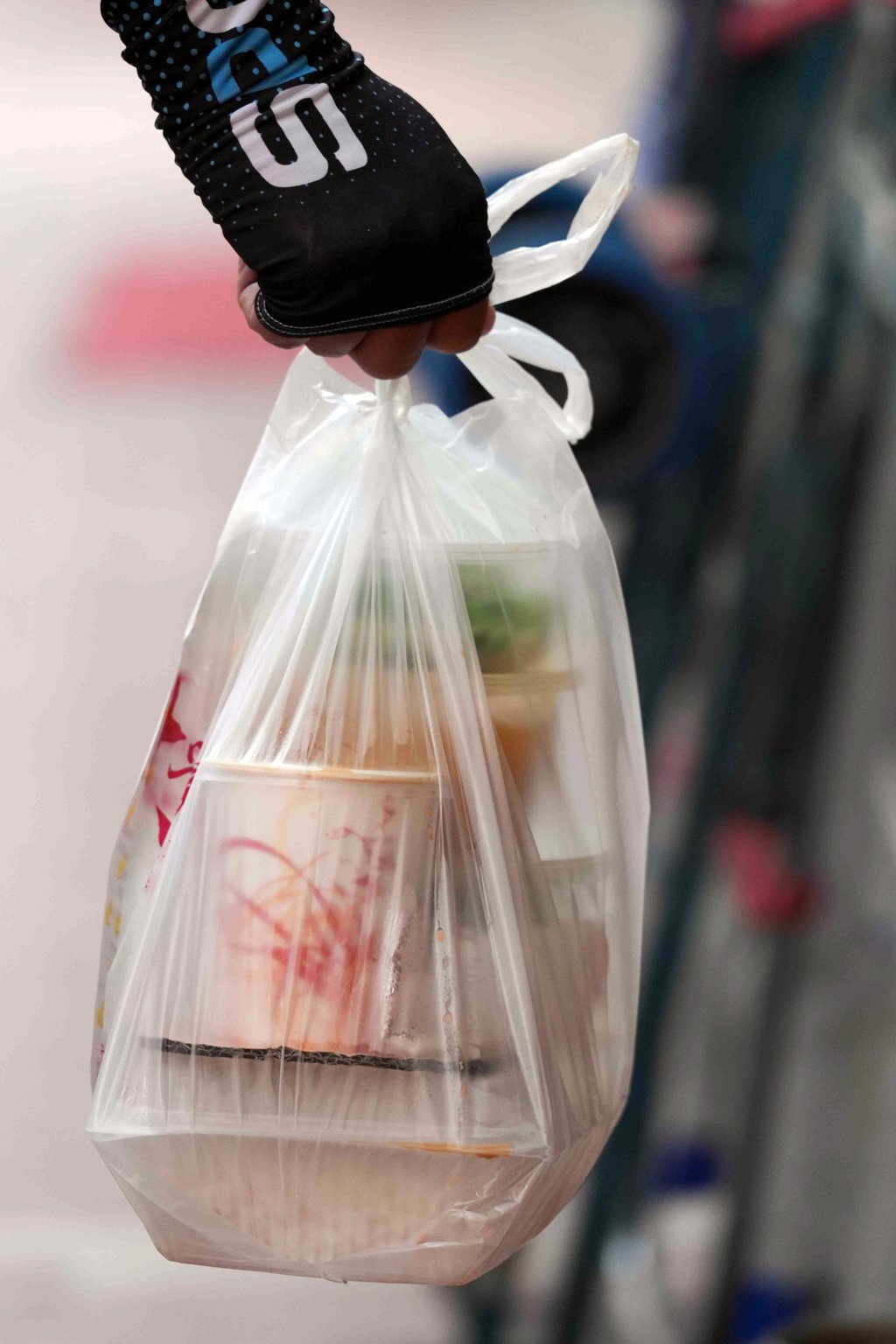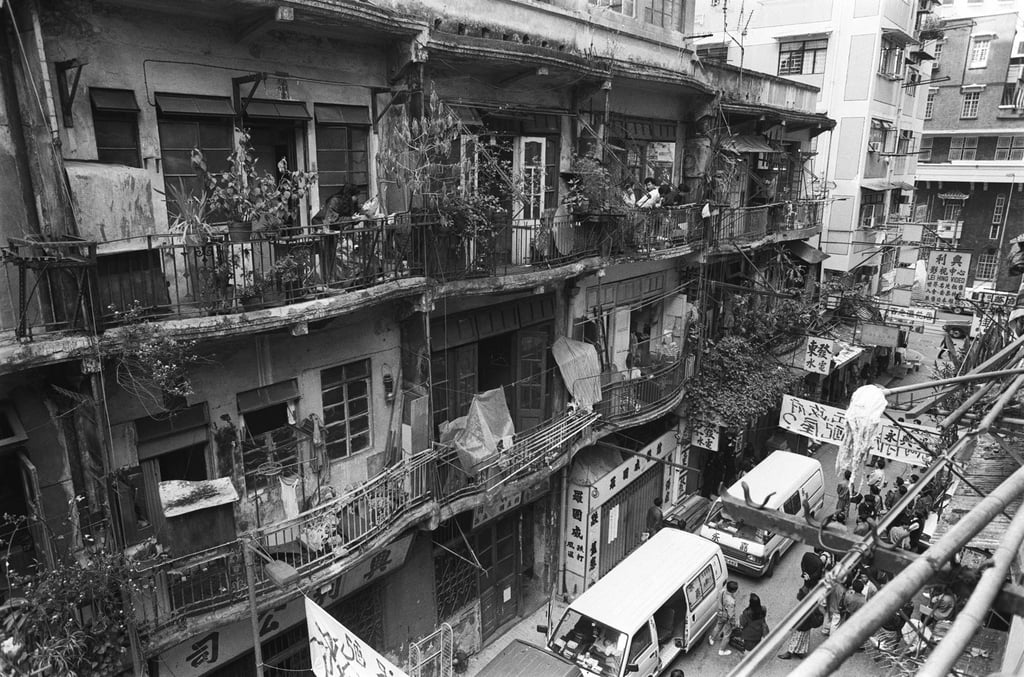Then & Now | In Hong Kong, delivery apps once took on a different – more physical – form
Home deliveries are far from new – lowering a basket on a rope to hawkers selling everything from food to hardware was once typical

Urban Hong Kong is known across the globe as a vertical environment. Even those who have never visited will have some, mostly cinematic-driven, awareness of the city’s high-rise nature. The impacts of such spatial realities on everyday life are less widely known, however. For most residents, the ability to just “lok lau” (literally “go down [from] the building”) and find whatever they are looking for, all within a few minutes walk, is the single most important factor for a desirable living environment. A particular building complex may be grotty and decayed, with antiquated lifts and grubby, ill-lit corridors, but no matter; convenience wins out almost every time.

Here’s an unlikely question to keep in reserve for quiz nights, or an awkward dinner party conversational pause: until well into the 1950s, what retail characteristic did urban Hong Kong’s oldest residential areas share with ancient Rome, Aleppo and Carthage, medieval Paris, London and York, and parts of present-day Kolkata, Delhi and Yangon?
A hint; in locations like the backstreets in Central, Western, Wan Chai and Yau Ma Tei, tenement buildings were closely packed together, clustered along narrow streets and lanes, and typically ranged from a few storeys high to several. And remember, none of these structures had lifts.

